More than year after launching on iPad, Apple's flexible multi-carrier Apple SIM officially arrived in Japan on Monday with support from local telecom KDDI, which is partnering with Apple through its "au" mobile network brand.
Apple SIM's expansion into Japan was quietly announced on Apple's website on Monday, which now lists au as a partner service alongside AT&T, Sprint and T-Mobile in the U.S., EE in the UK, and GigSky in more than 90 countries.
With KDDI network support now live, Apple has started Apple SIM card sales in its Japanese retail stores, according to the dedicated informational webpage. Prior to today, the card was available at Apple Stores in Australia, Canada, France, Germany, Italy, the Netherlands, Spain, Sweden, Switzerland, Turkey, the UK and the U.S.
Initially limited to iPad users in the U.S. and UK, Apple SIM gained broad international support after Apple struck a deal with GigSky in June. The travel-centric data service provides pre-paid connectivity in over 90 countries and territories, offering users Internet access at prices much lower than normal roaming fees.
Despite its obvious utility to consummate travelers, Apple SIM has yet to enjoy wide adoption beyond the carriers and networks mentioned above. The lack of support is in part thanks to restrictions designed by local carriers to lock in subscribers. Apple SIM currently ships with cellular-enabled iPad Air 2, iPad mini 4, iPad mini 3 and iPad Pro models.
 Mikey Campbell
Mikey Campbell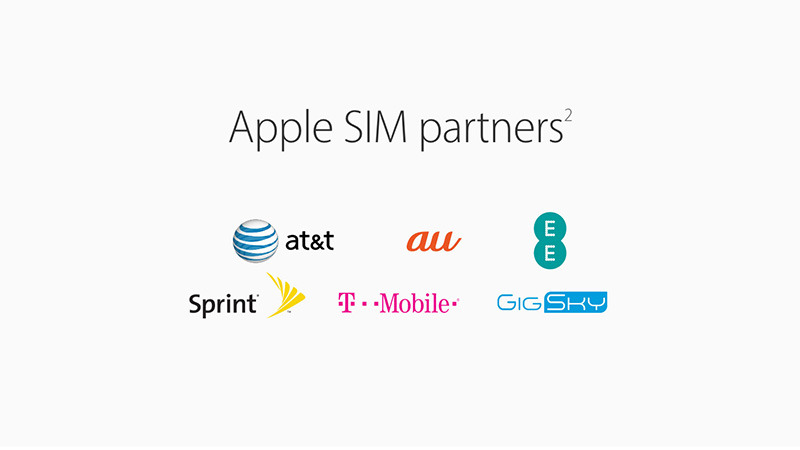


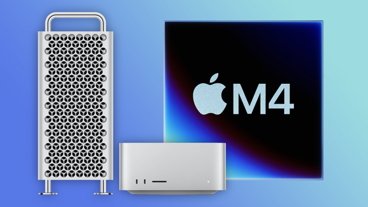



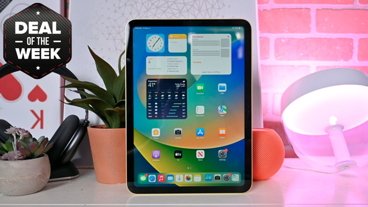

 Wesley Hilliard
Wesley Hilliard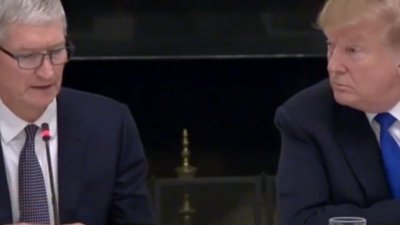
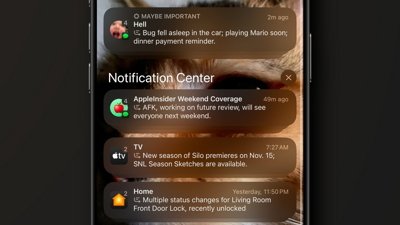
 Malcolm Owen
Malcolm Owen

 William Gallagher
William Gallagher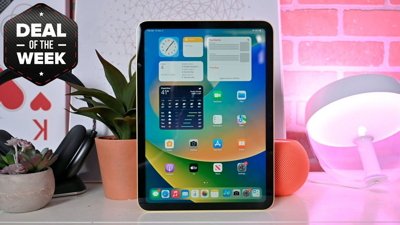
 Christine McKee
Christine McKee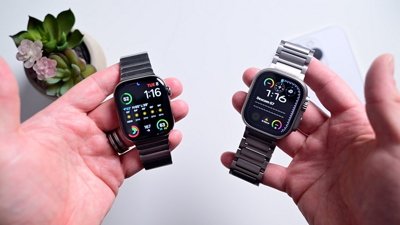
 Andrew O'Hara
Andrew O'Hara

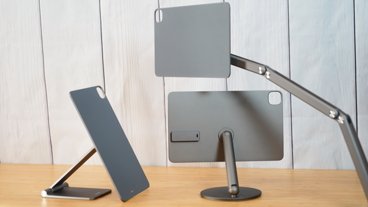





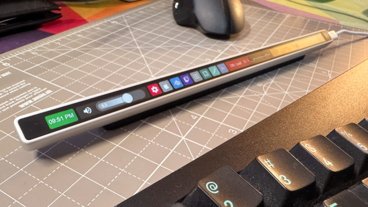

8 Comments
The faster they adopt the better.
The faster they adopt the better.
I am not sure this is a great thing for the end user. Although initially it seems easier to use, it is more difficult to switch operator or to switch phone manufacturer.
And less choice means eventually higher prices.
[quote name="cropr" url="/t/190212/apple-sim-gains-japanese-network-support-through-kddis-au-brand#post_2807461"]I am not sure this is a great thing for the end user. Although initially it seems easier to use, it is more difficult to switch operator or to switch phone manufacturer. And less choice means eventually higher prices. [/quote] How so? It's a virtual SIM. Let's say you're an international traveler in Europe several times a week by train so you need to swap SIMs when you cross borders. With a physical SIM you have turn your phone off, pull out a paper clip and your extra SIM cards, change the SIM and turn the device back on. With a virtual SIM, at most, you'd have to go into Settings to change the vSIM and then have the phone power cycle the deviceto reinitialize; but I'm hoping that it doesn't require a reboot, just cycling the cellular HW to get the SIM to initialize with he carrier. You also don't get any issues with the SIM card not connecting properly in the device.
If you switch operator and the new operator is not supported on this virtual SIM, what happens next?
If your mobile is broken and you want to temporarily use an older device you still have, how do you do with a virtual SIM?
If you want to switch to a non Apple device, how do you do that?
If you switch operator and the new operator is not supported on this virtual SIM, what happens next?
I imagine that Apple pushes out an update that adds the settings for the new operator to the virtual SIM.
If your mobile is broken and you want to temporarily use an older device you still have, how do you do with a virtual SIM?
Then you use the older device with a pay-as-you-go SIM.
If you want to switch to a non Apple device, how do you do that?
Then you get a new device and transfer your old number ... exactly as you do now.